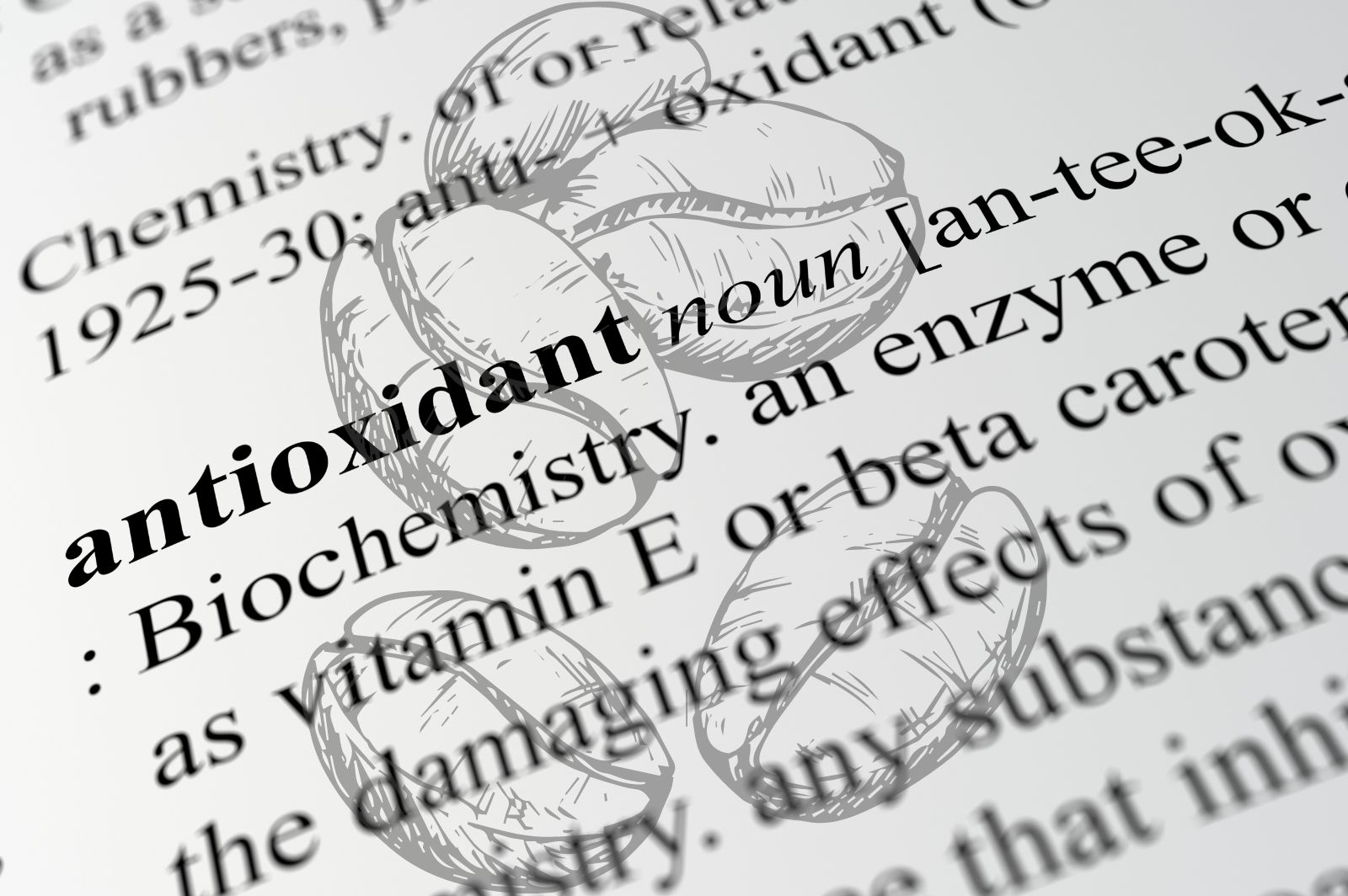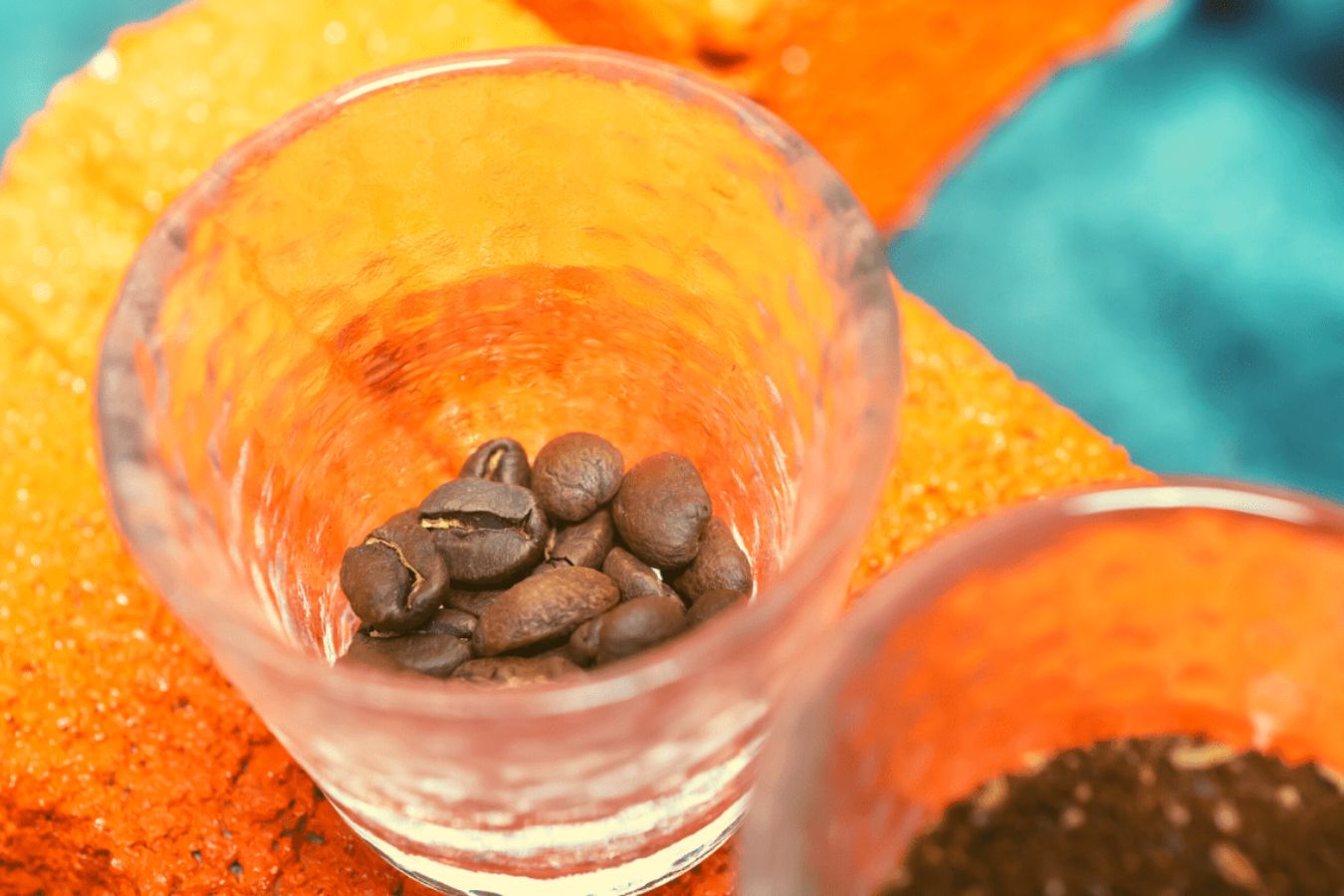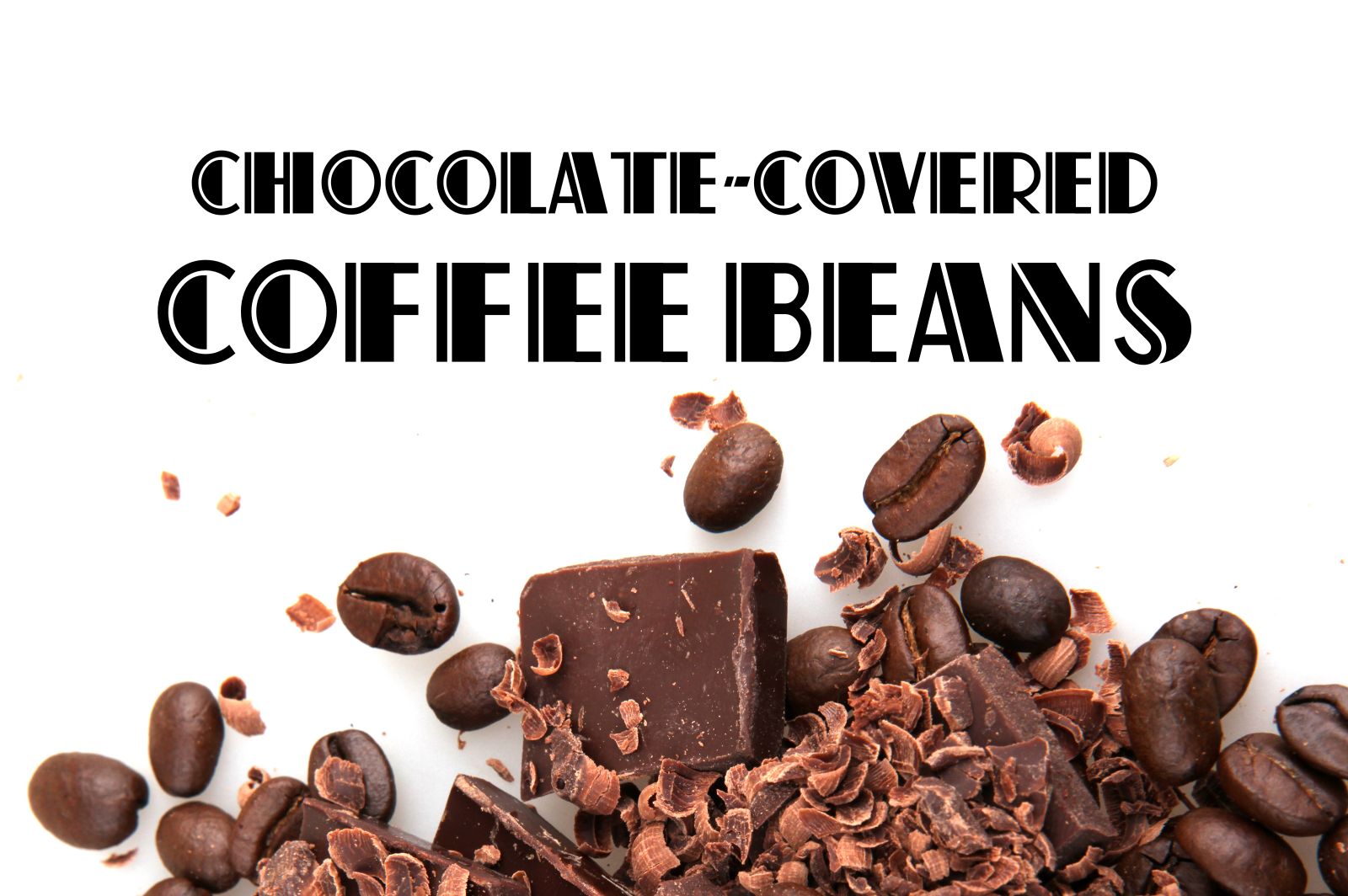
Can You Eat Raw Coffee Beans? Potential Benefits Of This – Have you ever wondered if can you eat raw coffee beans? Long before humanity learned the delicate art of brewing, humans were using coffee beans as an energy boost. Additionally, they are inherently low in calories (the bean, not the chocolate-covered kind). The lengthy response is “Yes, but…”
What are raw coffee beans?
The coffee fruit, sometimes referred to as the coffee cherry, produces coffee beans as its seeds.
To manufacture coffee, these bean-like seeds are often dried, roasted, and brewed.
Are Raw Coffee Beans Poisonous? Can You Eat Raw Unroasted Coffee Beans?
It’s sometimes believed that roasting the coffee bean gets rid of any potentially dangerous substances. But this is a false impression. We’re not discussing consuming chicken breast that is not fully cooked.
Salmonella cannot be acquired by ingesting raw, green coffee beans. Overcaffeination is what you should be most concerned about since it may happen rapidly if you consume any type of coffee bean, especially one that has been wrapped in chocolate.
When consuming raw coffee beans for the first time, you shouldn’t anticipate a pleasant nutty flavor like you would with roasted coffee. Green or raw coffee beans have an extremely acidic, sour, and woody flavor. Instead of chewing the beans or downing a cup of green coffee, many individuals choose to take a supplement called green coffee extract.
Potential Benefits Of Raw Coffee Beans
An Excellent Source of Antioxidants
Strong antioxidants are plentiful in coffee beans, with chlorogenic acid, a family of health-promoting polyphenols, being the most prevalent.
According to studies, chlorogenic acid may lower your chance of developing diabetes and decrease inflammation. It may also have cancer-fighting abilities, according to certain studies.

Depending on the kind of bean and roasting techniques, different coffee beans have different amounts of chlorogenic acid. Although coffee beans are still regarded as one of the finest dietary sources, roasting can cause a 50–95 percent loss of chlorogenic acid.
An Easily Absorbed Caffeine Source
Coffee and tea, among other foods and beverages, contain caffeine, a natural stimulant. Eight coffee beans typically have the same amount of caffeine as one cup of coffee. In comparison to liquid coffee, your body absorbs caffeine from whole coffee beans more quickly.
Your brain and central nervous system are affected by caffeine, which has several advantages. This substance, for instance, can improve performance, mood, memory, and energy levels.
According to one research, taking two cups of coffee with 200 mg of caffeine—roughly 17 coffee beans—can reduce driving errors just as well as a 30-minute snooze.
Another study found that a 60-mg dose of caffeine, equivalent to one espresso or five coffee beans, increased feelings of happiness. The hormone adenosine, which induces fatigue and sleepiness, is inhibited by caffeine. By accelerating metabolism, this molecule may also enhance exercise effectiveness and weight reduction.
Fiber
Even while coffee is the Western diet’s top source of antioxidants, it’s not exactly the top option when it comes to fiber supplements. Coffee beans do contain a lot of fiber, though.
About 3 grams of fiber, or 10% of your daily value, are found in 30 beans. So here it is if you’re seeking for a fiber supplement. Simply prepare to be buzzing!
What Drawbacks Are There to Consuming Raw Coffee Beans?
Heartburn
In general, the lighter the coffee is roasted, the more acidic it will be. Due to their preference for the taste profile, many individuals like dark roast. Lighter roasts might bring out the bean’s more acidic and fruity flavors. You are therefore at the end of the spectrum that has the highest acidity when it comes to green coffee.

Avoid eating raw coffee beans if you have acid reflux or are sensitive to acidic foods. Caffeine has the ability to relax the lower esophageal sphincter, allowing stomach acid to reflux in addition to the bean’s inherent acidity.
Taste
Each of us enjoys coffee in a somewhat different way. Some prefer their coffee pure black, while others prefer it sweetened and whipped.
The fact that there isn’t really a viable way to disguise the flavor of green coffee, and consequently chewing coffee beans, maybe its worst drawback (even with chocolate!).
Digestive Issues
The beans’ high fiber and acidity increase the risk of an upset stomach and bowel obstruction. Given that coffee is a known laxative, this is made much more perplexing. However, fiber and the laxative impact do not completely counteract one another.
Your body can wind up having to work harder than necessary. Remember that you need to drink lots of water in addition to coffee in order for the fiber to function.

Bedtime disturbances
Although the caffeine in coffee beans might offer you a much-needed energy boost, it can also cause sleep issues, especially in those who are caffeine sensitive.
According to studies, those who are sensitive to caffeine or who consume excessive amounts are more likely to experience difficulty falling asleep and staying asleep, which can result in daytime weariness.
Caffeine’s effects might linger for up to 9.5 hours after ingestion. Reduce your caffeine intake during the day and absolutely avoid it just before bed if it interferes with your sleep.
Can You Eat Too Many Raw Coffee Beans?
The maximum number of safe coffee beans to ingest is probably 20 to 30. You may estimate that a tablespoon of coffee grounds makes around 4 ounces of brewed coffee, which is nearly similar to this amount.
Even if it is accurate and might not seem like much, you must keep in mind that when you consume the whole bean, you receive more than just caffeine and antioxidants. You also consume calories and fiber.
Are Decaf Coffee Beans Safe to Eat?
You may consume decaffeinated coffee beans. Decaf may be the solution if your main worry while consuming coffee beans is over-caffeination. This does not, however, give you the license to go completely bonkers (or insane!).
Dishes from Raw Coffee Beans? Chocolate-Covered Coffee Beans
Due to their capacity to combine two of the most addicting sweet delights in the world, chocolate-covered coffee beans are the most cherished recipe in the coffee bean-eating community.
You’ll need your favorite chocolate, whole roasted coffee beans (we suggest a medium or a dark roast), a microwave, a baking sheet with parchment paper, and a fridge or freezer to start producing this delectable treat.

First, chop up your chosen chocolate and microwave it to melt it (a double broiler will also work fine). When all of the chocolate has melted, turn off the heat, let the mixture cool slightly, and then start dipping the coffee beans in it. After the bean has been coated, set it on the oven tray’s parchment paper.
The dish should then be placed in the refrigerator or freezer to chill for two hours or for an hour after all the beans have been covered with chocolate. You may remove them from the dish and start munching on them after they have solidified.